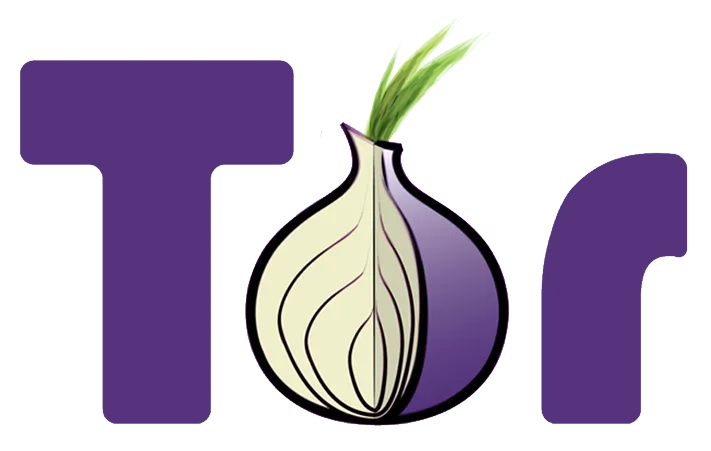The brief was to design an injection moldable widget as a promotional item for a company. It had to use under a certain volume of plastic and be a specific size, and that was it.
Each student designed their own widget individually, then grouped together with eight others to choose the best design and manufacture a mould. My design was chosen as the best, so I became project manager and oversaw the manufacturing process.
My design was for Prusa printers – a nozzle holder. The idea is that nozzles would be delivered in these holders, making it a nice promotional item. It had a rotating lid, allowing you to access one nozzle at a time and keeping the rest safe. Overall, I’m really pleased with how it turned out.
3D Printed prototypes of the initial hinged lid version, and the revised ‘revolver’ design:
The initial design in the first part of the project actually had a lid and a hinge. One night, I scribbled down on a piece of paper a sketch of a revolver-like thing. And then, while thinking in the shower, it developed into the design that was put into production. Having completely changed and needing total redesign from the first stage of the project, there was a lot of work to do on tooling.
The challenges in designing the mould were several-fold. Mainly, it’s quite a complex shape. There are undercuts and cavities all over the place, and it uses a large volume of plastic. So, it was essential that no area was too great in volume; otherwise, there’d be sink marks and shrinkage as the plastic cooled in the mould. Flow simulations were done, revisions made, and finally I arrived at a version I believed would work. Thankfully the team trusted me.
I produced the CAD models and engineering drawings, which I then passed off to my teammate for CNC toolpath creation. He then went on to oversee the CNC machining of the aluminium blocks in the university’s CNC mill. The rest of the team helped me with machining the inserts for the mould by hand on the lathe and mill, with most teammates working on the circular inserts for the main body, which were required both front and back side (and therefore numerous).
Being more adept at machining I mostly busied myself creating the more complex removable two-part insert that would form the rotating lid.
Once the mould was complete, we proceeded to injecting the widget – which went fairly smoothly, although we were having problems getting the plastic to flow all the way into the extremities of the mould since it was fairly large compared to others. This was troubleshooted along with the help of our workshop technician, Stacy.
We widened the spurs and also adjusted the pressure and heat settings on the injection moulding machine to try and get it fill properly, and eventually we did produce a few good parts. A lovely poster was made, of course, as well as a report – and that was that! It was a really fun project, and I particularly enjoyed the meticulousness and detail involved in doing the engineering drawings. I would have liked to do more of the CNC stuff, but unfortunately I had Covid during that portion of the project. In any case, I couldn’t do everything and for the sake of the team I had to distribute tasks effectively and get everyone involved equally.


